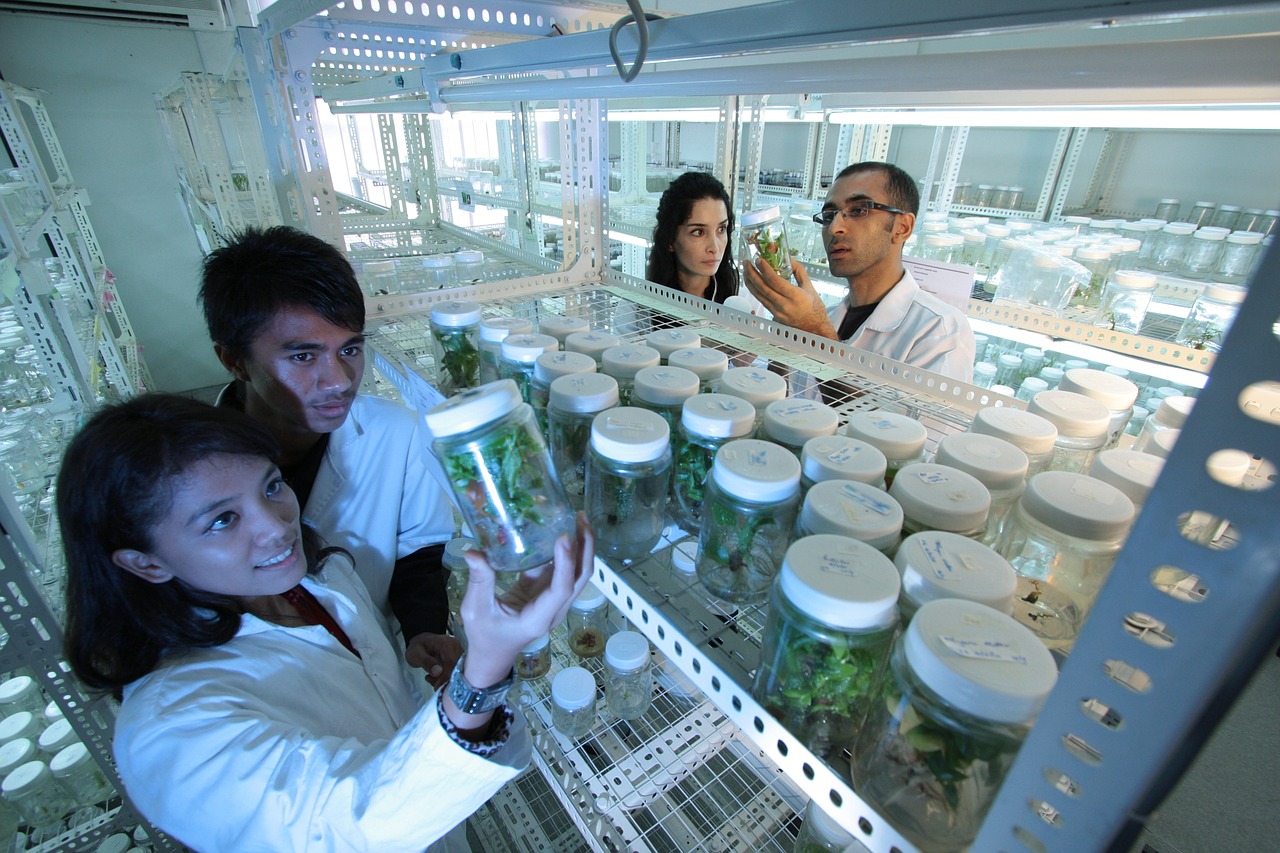The world’s most powerful countries have taken some big steps toward gender equality in the last century. Many women today have opportunities that their grandmothers could only dream of.
At the same time, it’s also true that the gender biases that have hindered women’s equality in the past are still keeping them from attaining true equality today, especially in the workplace. This is especially obvious in the STEM fields, long considered to be “men’s work” in spite of the world-changing contributions of pioneers like Ada Lovelace, Katherine Johnson, Marie Curie, and Lise Meitner.
While we aren’t able to predict the jobs of the future, we can say with confidence that basic STEM skills will be necessary for many of them. With this in mind, it is more important than ever that women and young girls are supported in the pursuit of STEM as both an educational interest and a career.
If we want women to have equal opportunity in the workplace in the future, we must educate and support them in these fields today. Listed below are three of the biggest problems facing women and girls in STEM.

1. Exposure to Stereotypes and Biases from a Young Age
A 2017 study published in the journal Science showed that at the age of 6, young girls are likely to already have developed a bias toward believing that men are naturally smarter and more talented than women. The pervasive stereotype that women are not good at math and science also begins in grade school. Unfortunately, its effects can last a lifetime.
Studies have shown that reminders of this harmful stereotype can negatively impact women’s scores not only on math tests, but in other areas of study as well—even at the university level. Some research indicates that a woman who even takes a math test in a room full of mostly male test-takers can struggle with test performance. The men’s presence is a subtle reminder of this harmful bias.
Both genders hold negative, incorrect stereotypes and implicit biases against women in STEM. If we want to see more women in these fields, we need to take steps to address these ideas before they take root in the minds of our children.
One thing that benefits girls in STEM is a “growth mindset.” The stereotypes against women in this area rest on the belief that men are simply born better at math. This kind of thinking is a “fixed mindset” that views intelligence as inherent, limited, and unchangeable.
By contrast, a growth mindset tells young women that intelligence can be encouraged, fostered, and developed. It tells a girl that the more she learns and the harder she tries, the smarter and more capable she will be. A growth mindset helps give girls the confidence they need to face stereotypes, tackle challenges, and work toward mastery in STEM subjects.
2. Lack of Encouragement
Girls generally aren’t encouraged to pursue STEM subjects by the adults who matter. As mentioned above, STEM has historically been viewed as a “man’s field.” As a result, many people of influence in the lives of girls and young women don’t think to encourage female students who excel in physics or have an interest in engineering to study the subject further.
Boys are more likely to be encouraged in technology, math, and engineering. Girls are more likely to be encouraged in subjects considered stereotypically “feminine,” like English and education.
It’s been suggested that the gendered nature of the popular culture surrounding these subjects discourages young women from pursuing STEM and young men from the pursuit of English and the creative arts. One way to address this problem for girls is to make female role models in these fields more visible.
Research shows that a girl who knows a woman who works in a STEM field is significantly more likely to feel a sense of empowerment when participating in a STEM-based activity. Strong and visible role models are the first step toward encouraging young women to develop a passion for STEM.

3. Marginalization in Professional STEM Work
Even when a woman is passionate about STEM at a professional level, her problems are not over. Many women who work in STEM end up leaving the field because of gross marginalization and unequal treatment by peers and superiors.
In the United Kingdom, women working in the science and engineering fields earn 20 percent less than male peers. Even worse, the wage gap actually increases as men and women gain more experience. Women in STEM deal with more workplace hostility and incidences of sexual harassment. They are also more likely to be passed over for promotions and less likely to be given access to resources like grants and office and lab space.
There is only one way to address this issue of marginalization in STEM workplaces—and that’s simply to address it. Much like acknowledging the biases about girls in math and science, we must acknowledge that the discrimination of women in STEM robs many of them of the chance to do work at which they excel and about which they are passionate.
The takeaway is this: women are a valuable and necessary addition to STEM in an age where we increasingly rely on science to tackle serious global problems. STEM is the future, and women deserve to have a place in it.
